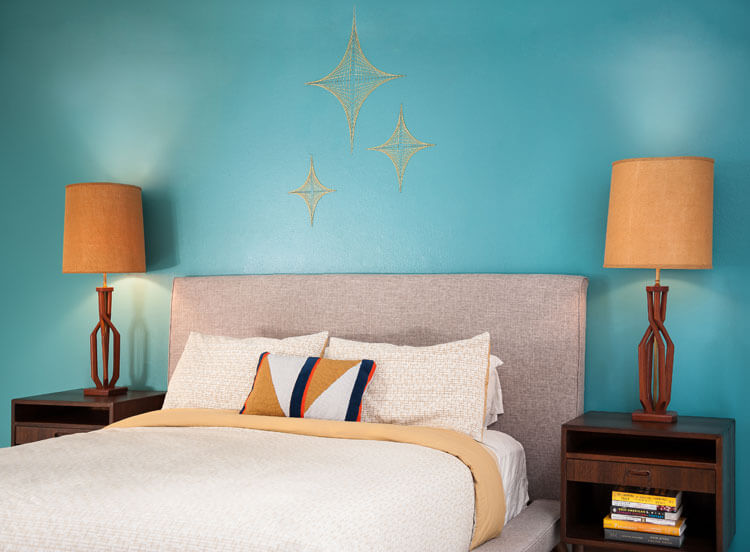
It’s 2019 and the millennial generation is poised to surpass their baby boomer predecessors for the title of largest living generation. With different tastes and a unique economic condition, millennials are challenging age-old status symbols and forgoing family heirlooms. They don’t want Great-Grandma’s silver-plated tea set. They don’t want chintz sofas, oak entertainment centers or hand-me-down Hummels. It’s not that they aren’t nostalgic, as MCM designs—like Saarinen’s Womb chairs and Noguchi coffee tables—have proved to be an exception to the millennial-made rule.
Now, millennials change tradition and exchange the burden of sentiment for a lifestyle characterized by nomadic tendencies, digital connection and minimalist surroundings. Here are seven reasons why this generation doesn’t want their parents’ furniture, unless it’s Mid Century Modern.
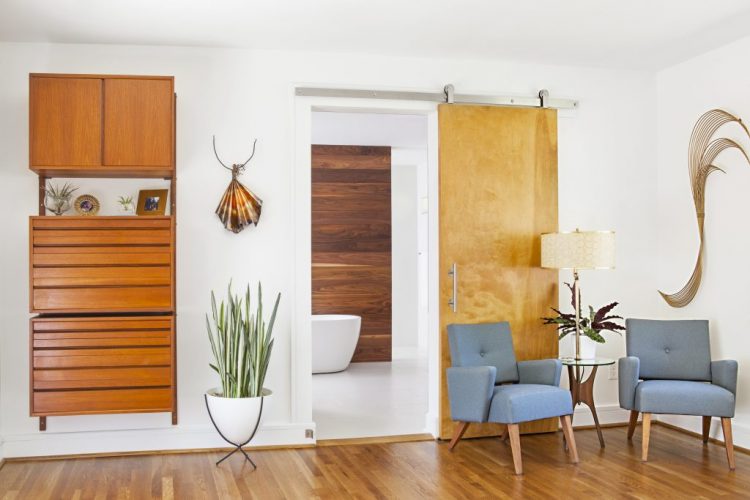
1. Money
According to 2019 statistics, the average student graduates college with $32,731 of debt. Millennials in debt don’t want to pile a home mortgage onto an already substantial financial burden. Without houses to store inherited heavy furniture in, millennials choose to pass on Dad’s favorite barcalounger. In her article, Erin Arvedlund, writes “The desire for hand-me-down furniture evaporated due to taste and economics. Millennials may enjoy antiques but can’t afford them, or don’t have space, as rents rise and living spaces shrink.”
Regardless of age, décor shoppers everywhere appreciate bargains. Whether you’re shopping at a flea market, Target, Joybird or Chairish, the MCM aesthetic can be obtained at every price point. For those who are cash-strapped, MCM is an investment in good design that lasts.
2. Minimalism
Ever heard of the Mason jar trash challenge? While this extreme trash-diet is practiced by only a handful of people, it showcases the minimalist attitude that attracts those who want to live simple lives without clutter. Unless the parents’ entertainment center can fit into a 16 oz. Mason jar, it’s not coming home.
This minimalistic lifestyle blends well with the clean lines and ingenious practicality of mid century furniture and fixtures. Although millennials and their parents have different takes on family heirlooms, both can value the practical comfort and sleek style of midcentury modern décor.
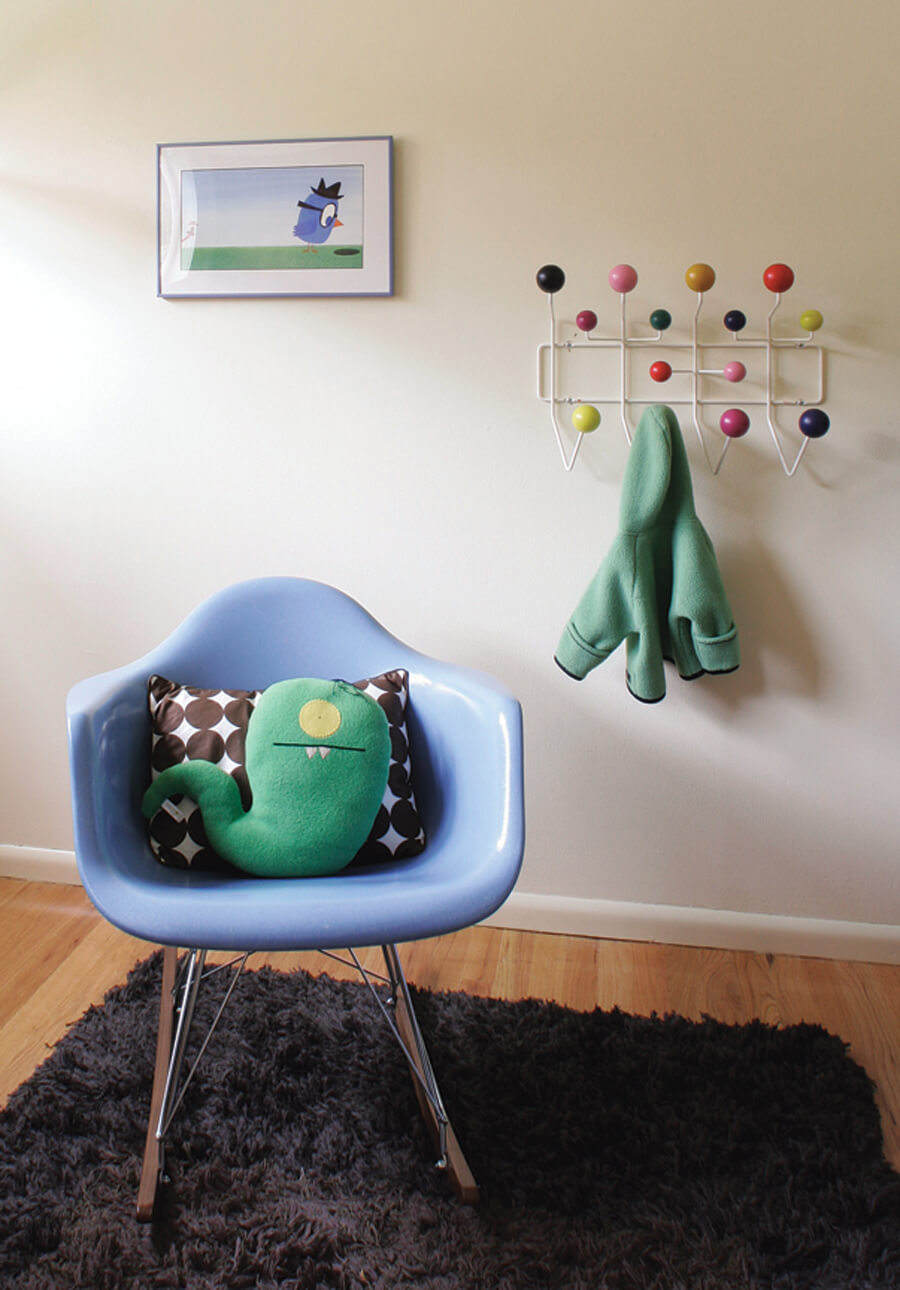
3. The Internet
Every day, companies and influencers race to pioneer the latest styles on the market. On the Internet, home décor trends come and go much faster than ever before. Trends can become outdated after a short span of intense popularity, losing value as soon as people lose interest.
As many have lost interest, furniture collections in traditional styles that were once considered valuable assets are now flooding the market as baby boomers downsize. Arvedlund writes, “The market for antiques, older furniture, and collectibles—once a popular alternative asset—today has become a mediocre financial investment.”
The on-line accessibility that caused market saturation in some categories has only helped fuel the value of MCM designs and inspiration. MCM lovers can find décor inspiration from all over the world, affordable vintage items on Etsy and reproductions with next-day delivery on Amazon.
4. Less Guilt
With the ability to store memories and share digitally from the comfort of an iPhone, there’s less need for physical storage space to house unwanted bulky hand-me-downs. Unlike their parents, millennials are less likely to keep personal items for the sake of sentiment. Organization advocates like Marie Kondo also advise against keeping items out of guilt, as a the practice contributes to clutter without contributing joy.
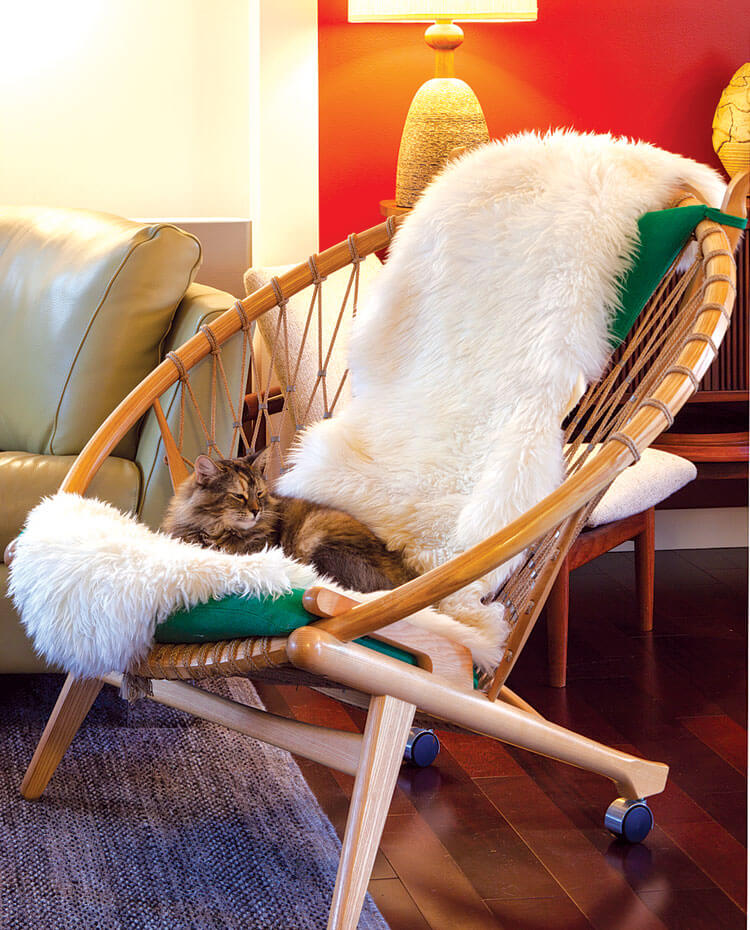
5. Travel
Travel is more accessible today than it was for baby boomers and Gen X. Now, an Uber is around the corner to pick you up. Plane flights can be booked on the go through phone apps. The millennial generation prefers to rent apartments instead of buying houses to in order to save money and provide more leeway for experience-driven lifestyles.
The Urban Institute shows that the home ownership rates of millennials ages 25-34 is 8% lower than previous generations in that age range. Financial considerations are joined by the drive to travel the world before settling in one spot. A life lived on-the-go makes it difficult to fit family treasures into your luggage, but vintage-loving millennials can take their love of mod with them wherever they go with retro-inspired travel gear.
6. Work
Millennials want to feel like their work matters. They want to feel like they make a difference. Fifty years ago, people stayed at one job for 30+ years. They valued company loyalty and stability. In 2019, workers are more likely to explore different career paths. They might work in one field for a number of years before pivoting in a new direction, or launching their own businesses—they’re willing to take risks if there’s a potential for a success and meaning.
The loyalty millennials feel to adventure and possibility is from the same strand of devotion that their grandparents felt towards constancy and security. With that being said, the millennial tends to move around from job to job—a lifestyle that encourages them to have as few furniture items and knick-knacks as possible. Arvedlund writes that furniture auctioneers try to showcase “affordable, mid century modern pieces that appeal to millennials” in response to millennials’ simplifying preferences for home décor.
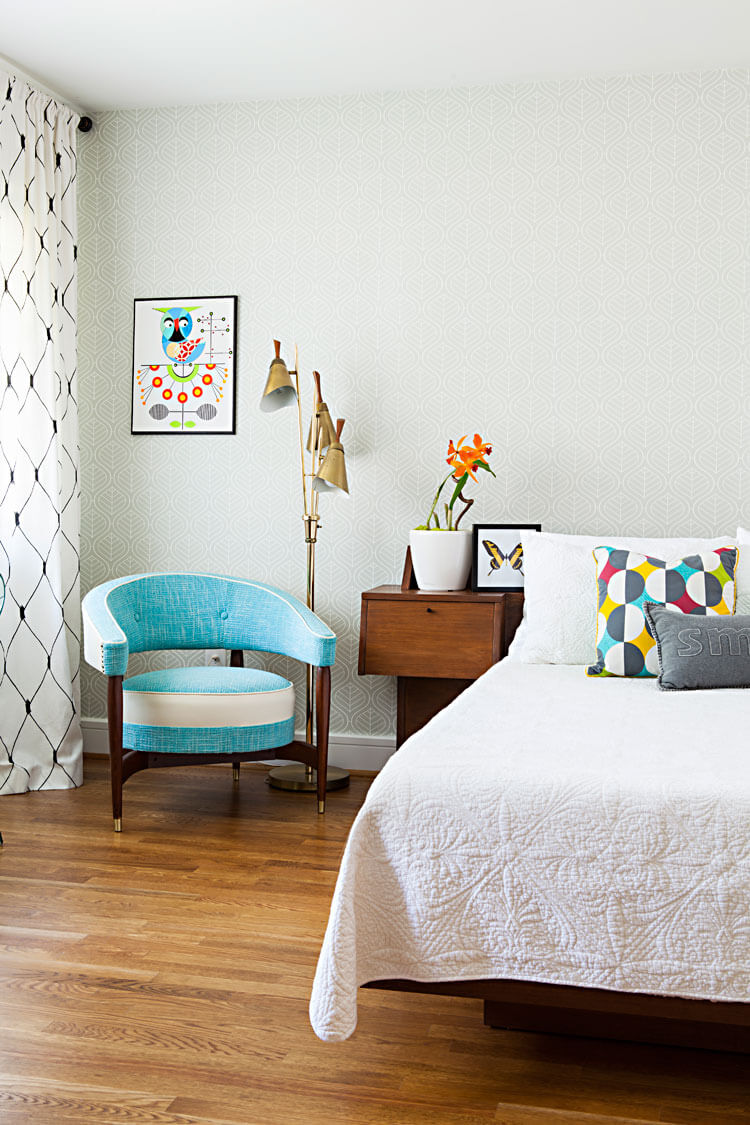
7. FOMO
FOMO: Fear of missing out. Millennials want to live in the here and now. They value experiences over tchotchkes, share their memories on Instagram instead of storing them in the attic and prefer city life, compared to their parents’ generation that gravitated toward comfortable life in the suburbs.
Mid Century Modern style provides millennials with adaptable, affordable and chic home décor that generally transports easily and allows for more of their budget to be spent on experiences.
Don’t forget to follow us on Instagram, Facebook and Pinterest for more Atomic Ranch articles and ideas!

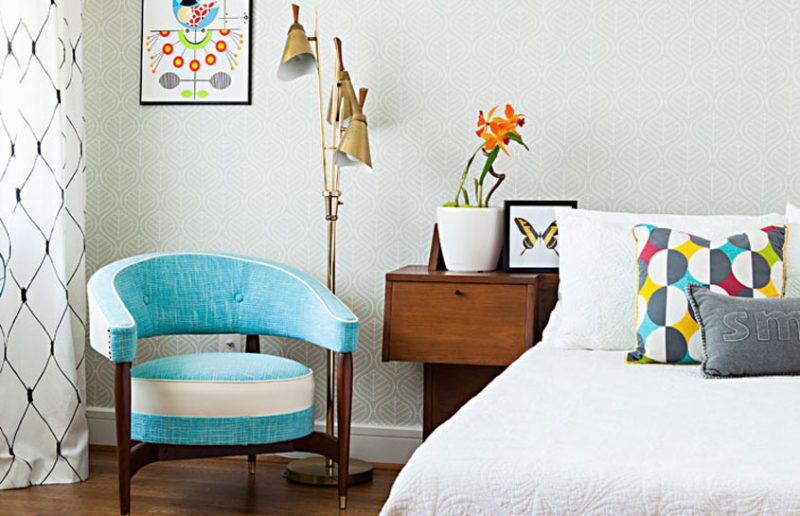








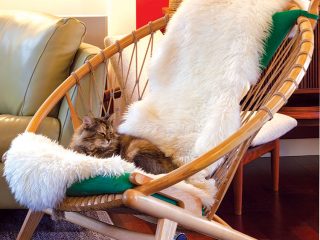


1 comment